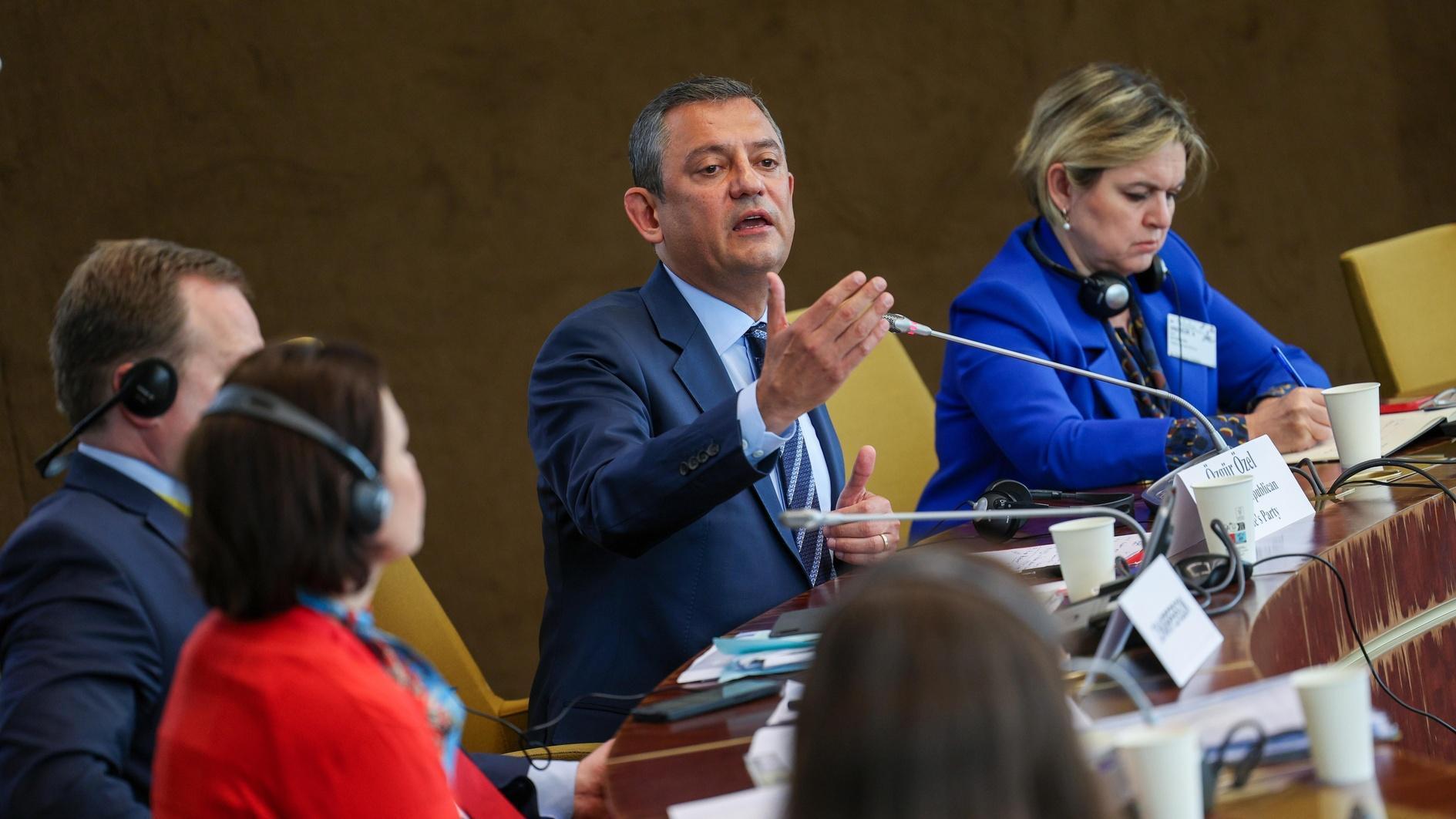Will Turkey be cautious in 2016, or will it be bold?
How do I see Turkey in 2016? That is one of the questions I have been asked frequently in the last few weeks. As New Year’s Eve is fast approaching, let me clarify my position: I consider 2016 to be a trying year for Turkey. Even though the odds will not be in our favor, the overall outcome will heavily depend upon how Turks are going to deal with the issues at hand. So 2016 can either be a year of living boldly or a year of living cautiously for Turks. I think we should all err on the side of caution.
So why will 2016 be a trying year for Turkey? Because we have at least two structural and one conjunctural problem at hand. Turkish growth up until now was largely driven by internal migration. As Turks moved away from their rural homes and agricultural jobs and resettled in urban areas, their productiveness increased exponentially. Now that the urbanization rate of Turkey has reached the urbanization rate of Germany, however, the country needs to do new things to keep productivity growing. It needs a new and sustainable growth strategy. This is the first impending structural issue we are facing.
Secondly, the U.S. Federal Reserve’s (Fed) tightening will unavoidably have a negative impact on the Turkish economy. Similar to all mid-sized emerging markets, Turkey has been heavily dependent on foreign savings to grow. The high current account deficit has become a structural component of the Turkish economy. Now that component is going to meet with Fed tightening. What does that mean? It means that 2016 is likely to be a year of lower preference for Turkish assets for foreigners. So, if Turkey does not take the necessary measures to keep foreign funds inside, they will go back.
Thirdly, we also need to take into account the potential impact of Russian sanctions. Russia has been an important trading partner of Turkey. The impact of the oil price decline was already reflected in our trading figures, if you ask me. So far in 2015, the number of Russian tourists visiting Turkey has already declined by a quarter - almost a full million - compared to the previous year. Now, the conjunctural situation will exacerbate the structural one and we are likely to see a further decline in Russian tourists. Turkish exports to Russia, which were already declining, now expect a sharper decrease with the sanctions. So what will be the overall damage of the Russian crisis to the Turkish economy when all is said and done? A recent study by Economic Policy Research Foundation of Turkey (TEPAV) economists estimated the Russian crisis could shave almost a full percentage point from Turkey’s 2016 growth prospects. The latest International Monetary Fund (IMF) forecast for Turkey’s 2016 growth was around 2.8 percent. After the Russian crisis, this may go as low as 2.0 percent.
The Turkish Central Bank’s recent decision needs to be understood within this setting. Turkey is about to enter a year of living on the edge when it comes to the economy. Factors limiting the prospect of growth are expected to be stronger than usual this year. And the above list of contractionary impulses is not even exhaustive, mind you. Scenes from southeastern Diyarbakır province are starting to resemble Aleppo and Ramadi more and more every day. Can you expect a surge in foreign direct investments to Turkey in this environment? Of course, not.
What is wrong with the Central Bank’s decision then? Turkey now needs a less opaque, more transparent Central Bank. Yet we still have a maverick Central Bank. I had written the following in this very same column in May 2011: “Either the bank has difficulty in formulating and conveying its message or there is no message to convey. Either way, there is an apparent disconnection. That is what we have in Turkey, for now. We have a maverick Central Bank speaking in a language unknown to market participants.” Unfortunately, this still holds true as we are about to enter into 2016.
So in this setting, Turkey can either be bold or cautious in 2016. It can either cut its losses and lower perceived risks, or go all in and put investors on edge. With a hand this lousy, I’d wait for the next round.











